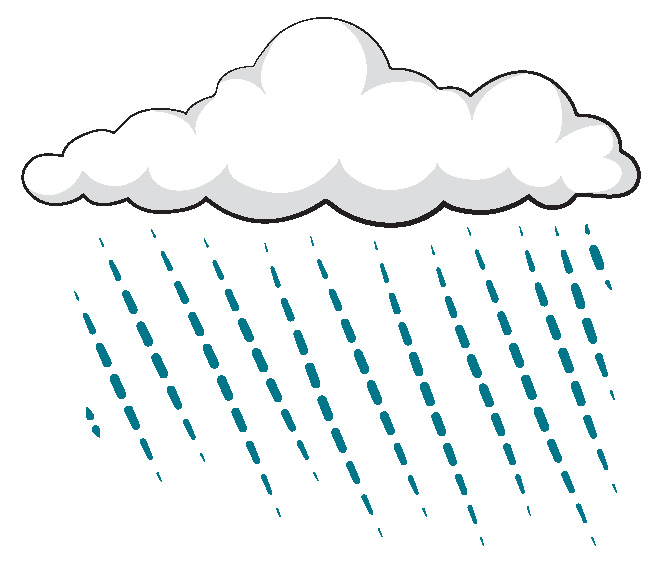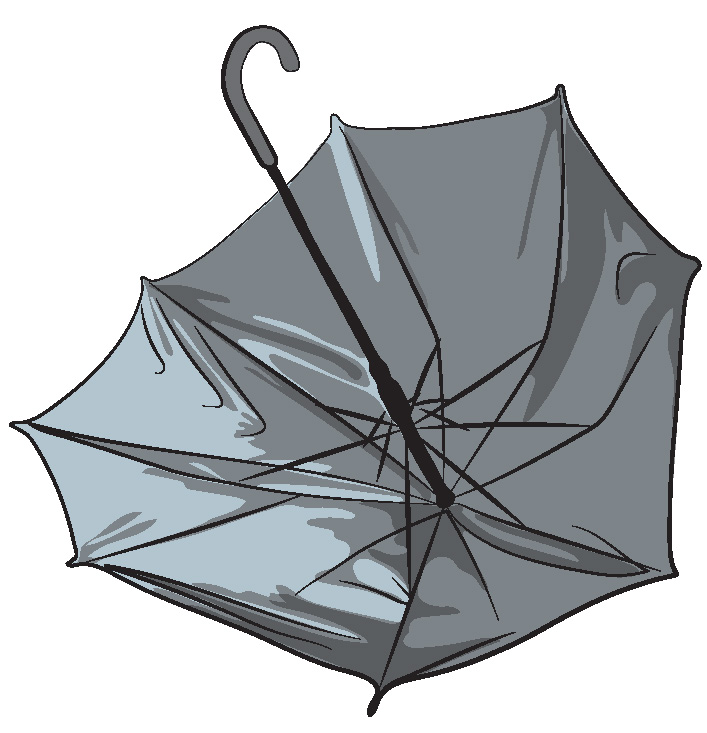
I've looked at clouds
Last March, the World Meteorological Organization put out its first new edition of the International Cloud Atlas in thirty years. The first edition, published in 1896, was intended to train meteorologists and generalists in identifying what were then newly standardized models of cloud types. Where color photographs of clouds—preferable for their precision but still very cost- and time-intensive to produce—were unavailable, the Cloud Commission relied on paintings to illustrate basic principles of cloud formation and categorization. (That edition’s image of the stratus cloud is an unattributed grim painting in the style of Corot, depicting a tiny figure in a red hat looking out over a river, above which a few patches of blue sky are visible through a low, thick cloud layer.) Twentieth-century installments of the Cloud Atlas expanded on this basic educational mission to incorporate new technological and cultural understandings of weather: the 1975 edition included a chapter describing clouds from the perspective of aircraft flying above them; the 1987 edition globalized the geographical distribution of clouds represented by broadening its archive of source images, now all photographs.
The 2017 Cloud Atlas was produced entirely digitally for the first time, forgoing color plates for a comprehensive web-based portal of crowdsourced photographs. A print edition is possibly forthcoming, but would be considered secondary to the online resource. The exhaustive database contains several new cloud classifications, including an entirely new species (the volutus, or roll cloud, created by wind shear) and five new “special clouds,” including a new name for clouds produced by airplane contrails and ships releasing exhaust into cool ocean air (the homogenitus, or anthropogenic or artificial cloud, a nod to the Anthropocene’s dominance over even the sky).
In the press release for the 2017 edition, the WMO cites as a decisive moment in its history the 1803 “Essay on the Modification of Clouds” by Luke Howard, the amateur meteorologist who created the first systematic cloud-naming system. Howard’s radical insight was that there is not an infinite number, or even a very large number, of potential cloud types, only a small and constant set: the stratus, nimbus, and cumulus clouds children still learn about today in school. He realized that this basic set followed a regular system of formation, and used Linnean principles to create the names and flexible modifying compounds (cumulonimbus, cirrostratus) we still use. Howard’s work was...
You have reached your article limit
Sign up for a digital subscription and continue reading all new issues, plus our entire archives, for just $1.50/month.
Already a subscriber? Sign in





